The topic of the February blog post are acrylic paint brushes that are used for acrylic painting. In this blog post, you will be introduced to acrylic paint brushes, sizes, purpose, maintenance, shopping tips.
I remember my first purchase when I started painting more seriously four years ago. I came across various shapes, sizes and purposes. In the beginning, I wasn’t familiar with what it was for, but I would use them randomly. I think this is a mistake made by most beginners. Over time I learned to use them properly through trial and error. Each brush has its purpose and with each of them, you can achieve a certain effect.
What I can guarantee you is that you will get to know brushes the best through practice and painting. This blog post will help you with that.
I would start from the beginning. The quality of the brushes is indispensable, the brushes create an image. If you’re on a budget, spend more money on high-quality brushes rather than on paint. Of course, if you’re not on a budget you can choose both. However, in the beginning, you don’t need to have high-quality colors, because you are learning and experimenting. Naturally, higher-quality colors cost more money. Because they are sold by the piece, and there are 8 primary colors. The professional brands I would recommend Golden, Liquitex and Winsor.
From my experience, it’s best to have good quality brushes that have great quality hair which doesn’t fall out and retains its shape. Paint can be manipulated with various pigmentation mediums. I would advise you to try different techniques first, paint different objects, develop a sense, and only then, in a year or two, switch to some more professional brands.
Brushes are available on the market for all types of paints, including acrylic paints. Acrylic painters use synthetic brushes because they retain their shape in water (while in a container of water). Why do they keep them in the water? Because that way they prevent the paint from drying out and crusting in the brush, and thus the brush doesn’t become unusable. It is important to clean and dry the brush well after use. Brushes with natural hair are prone to lose their shape if you leave them in a container with water, precisely because the hair is soft. Such brushes are of the highest quality, but they must not be left in water.
SHAPES
As for the shape, it will depend on your personal choice, style, technique, etc. It is always a good idea to know what options we have and to choose the brushes that will be most useful for us in painting. There are 8 main shapes in acrylic painting. Each brush has a different purpose, technique and level of detail.
For more detailed information before purchasing, visit this link. You can also copy this image.
We have 2 main forms of brushes:
1. Rectangular and flat brushes
2. Round and pointed
Flat brushes
Flat brushes are great for thick, constant, and long strokes or thin lines. The top is flat and great for straight lines and small details. Due to their flat and flexible tip, they can hold a lot of color. You can use them for roads, fences, buildings, and more.
Angle brushes
These brushes are cut at an angle where one side is longer than the other. They are great for fine and sharp finishes.
Short flat brushes
A short flat brush is a short bristle brush useful for controlled short strokes.
Fan brush
The fan brush is used by most painters for various reasons, which makes it a special brush. You can use the fan brush for trees, leaves, grass rocks, waves, grass, adding textureand much more. It is very useful in landscape painting and can be used in many ways. The fan brush is my favorite.
Filbert brushes
The filbert brush is a mixture of flat and round. It has a rectangular shape of a flat brush, but it comes to a point like a round brush. It is very versatile. This brush allows you to mix paint and is good for work without resistance. It is great for painting portraits and delicate details. I use it for most of my painting work.
Round brushes
This brush has a longtapered end, with a thick start. They are very versatile and can be used for long, bold moves and are great for details.
Detail round brushes
Thin round brushes are best used for fine details. You can use them for acrylic and even ink painting. They are great for creating very thin lines. Detailed round brushes have the same long tapered end with a large start as a round brush. They are great for tree limbs, fine grass blades, signatures, distant flying birds, hair, fur and much more.
SIZES
Brush sizes are made by type, so there are no industry standards for all types of brushes. Thin brushes for small details will never be 10cm, and a flat brush will never be 00. Brush brands also tend to differ a little, so although there are numbers on the brush, you must first be familiar with the different types and brands of brushes.
In terms of size, you can look at the brushes from a small, medium, and large perspective. I would say that, for regular painting, you should use the largest brush with which you feel comfortable with. For details, I recommend using the smallest brush with which you feel comfortable.
It all about how you want your pictures to look at the end. For example, if you follow realism, the question is whether you want your images to look more realistic up close or from a distant perspective.
You will also notice that some acrylic brushes have short handles, while others have long handles. Brushes with longer handles are useful for easel work when you want to paint from a distance. That allows you to see all the work at once. I recommend holding the brush somewhere in the middle of the handle because that way you have the greatest control of movement.
BRISTLETYPES
The type of hair from which the brush is made is usually determined by the medium for which the brush is suitable.
There are only two forms of hair: animal and synthetic. Don’t mix different types of hair that do not suit every medium.
Examples:
• Oil painting is rougher, the hair is tighter and requires resistant hair.
• Acrylic painting hairs can be much finer because they are not as sharp.
• Watercolors need hair that is softer and can contain a lot of water.
Animal hair brushes are often more expensive and apply paint in a way that is not possible for a synthetic brush. However, synthetic brushes were created to compete with animal hair brushes.
Here’s a list and description of individual hair types for a basic understanding.
Badger Hair: It is more popular for oil painting because the hair is usually the thickest on top of the brush and thinner around the belly. Such brushes are perfect for wide paintings.
Pig hair: One of the most popular brushes for painting with oils. Economical, rigid and elastic. Pig hair does most of the hard work because it’s stiff and tough. They may not be suitable for some small details, but they’re a great overall brush for work.
Mongoose bristles: This brush can also be used for oil and acrylic painting and the bristles are elastic and firm.
Sable hair: These brushes are usually extremely fine, elastic and contain a lot of water which makes them perfect for watercolors. They can be used for fine oil painting as well as for acrylic paints, which makes them very handy. The sable brush is not made of sable’s hair. It is made from the sable’s tail hair, a species that belongs to the family of weasels found in northeastern China and Siberia.
Squirrel Hair: This brush is meant for mediums with little resistance. The squirrel’s hair is very soft and therefore very flexible, due to the lack of resistance. This brush is suitable for water-based paints and inks.
Synthetics: This is the most versatile and economical option for any painting medium. They usually produced these brushes by combining synthetic and animal hair. However, some synthetic brushes are very cheap and not durable and lose their shape quickly. Therefore, you must be very careful when buying them for artistic use.
From personal experience, I try to mix brushes as well as painting techniques and style. Experiment and you will be surprised what you can get. Art is not strict and limited.
BRANDS
There are many different brands, and some are very expensive, so the purchase depends on your budget. I use Statovac and Lukas brushes.
Before you decide to buy online, you may first visit a physical art supply store to feel each brush in your hands. You can test the brush by pressing it on a flat surface, making sure that the brush doesn’t bend too close to the screw (the metal part that holds them in place). Check the brush so it returns to its shape and make sure that there is no gap between the fibers and the ferrule, where the paint could dry off.
You can save some money by buying household brushes that you will use to coat or apply very large coats of paint. For a start, I would advise you to buy cheaper brushes of medium quality.
BRUSH CARE
When painting with acrylic paints, the brush can be destroyed within just a few minutes, (if the paint dries before the brush is washed), but with proper care, the brush can last for years. Some brushes are expensive which means you need to take care of them better.
We can find many different soaps and gels that are intended for cleaning, and that way we can save even the badly damaged brushes. I use detergent/soap and a little bit of warm water which does a great job of cleaning. For destroyed brushes, I use a nitro thinner.
It is also important to put away the brushes properly, always keeping your handle facing down. That way, your brushes will stay sharp and retain their shape.
Did you enjoy today’s blog post?
This is a basic introduction to brushes used in acrylic painting. Look at the painting process like solving a puzzle, each brush has its own purpose and can help you paint a certain artwork element. When you put it all together, your artwork is completed. Sometimes paintings didn’t work out for me because I used the wrong brush, I just didn’t know that at that time.
Thanks for reading!
Thanks for taking the time to read this blog post. I appreciate it! Feel free to share it with your friends. If you want more painting tips, keep following the blog and sign up for the newsletter.
Enjoy painting!
Photo source: https://www.artsupplies.co.uk/

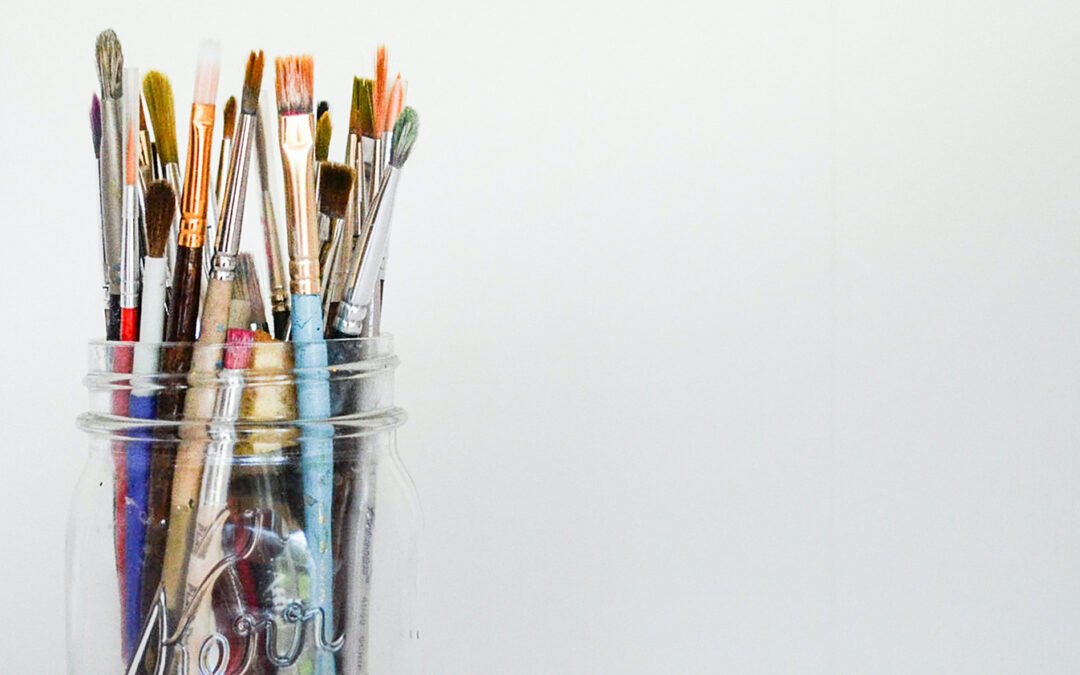
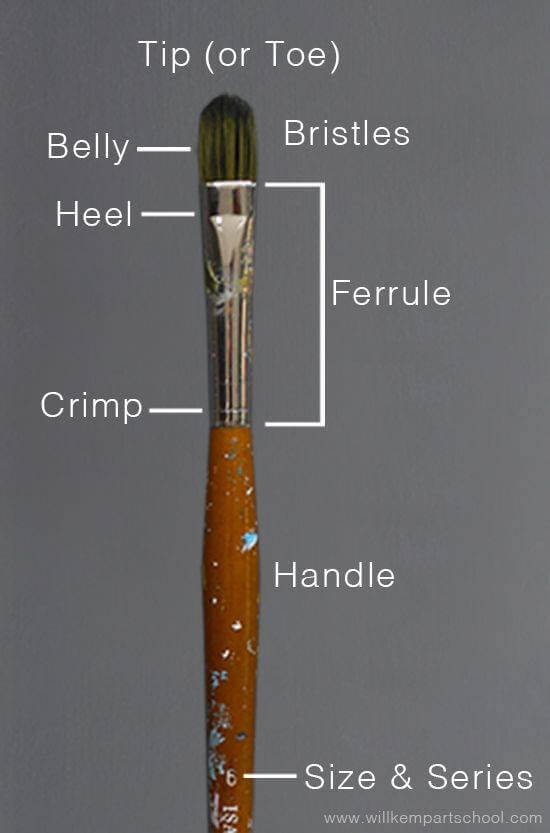

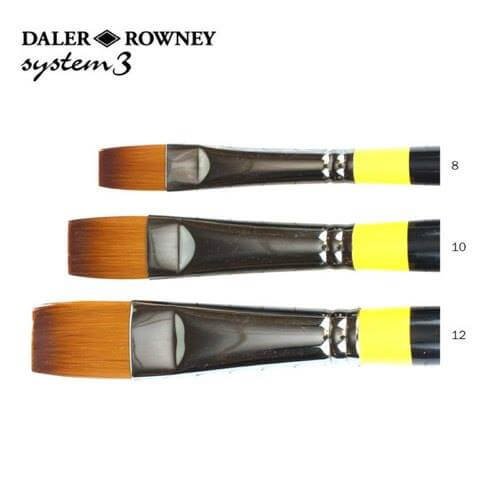
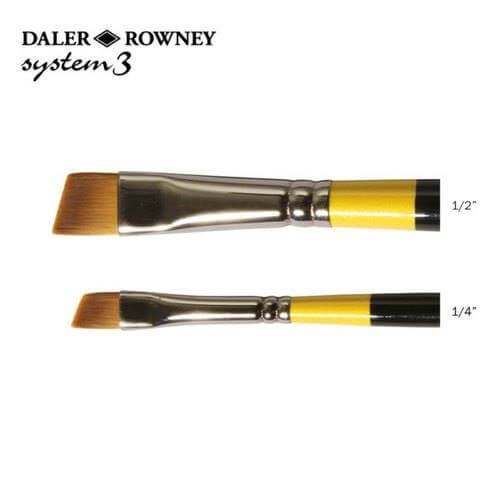
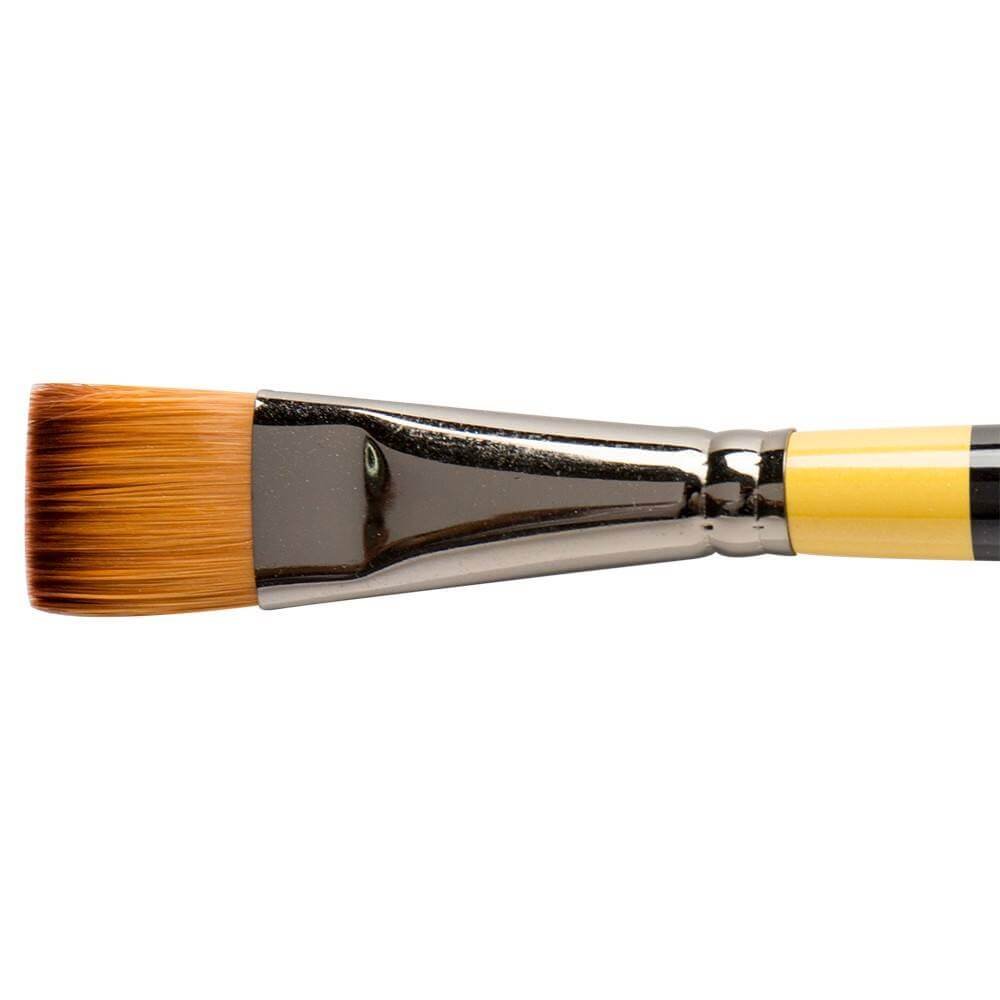
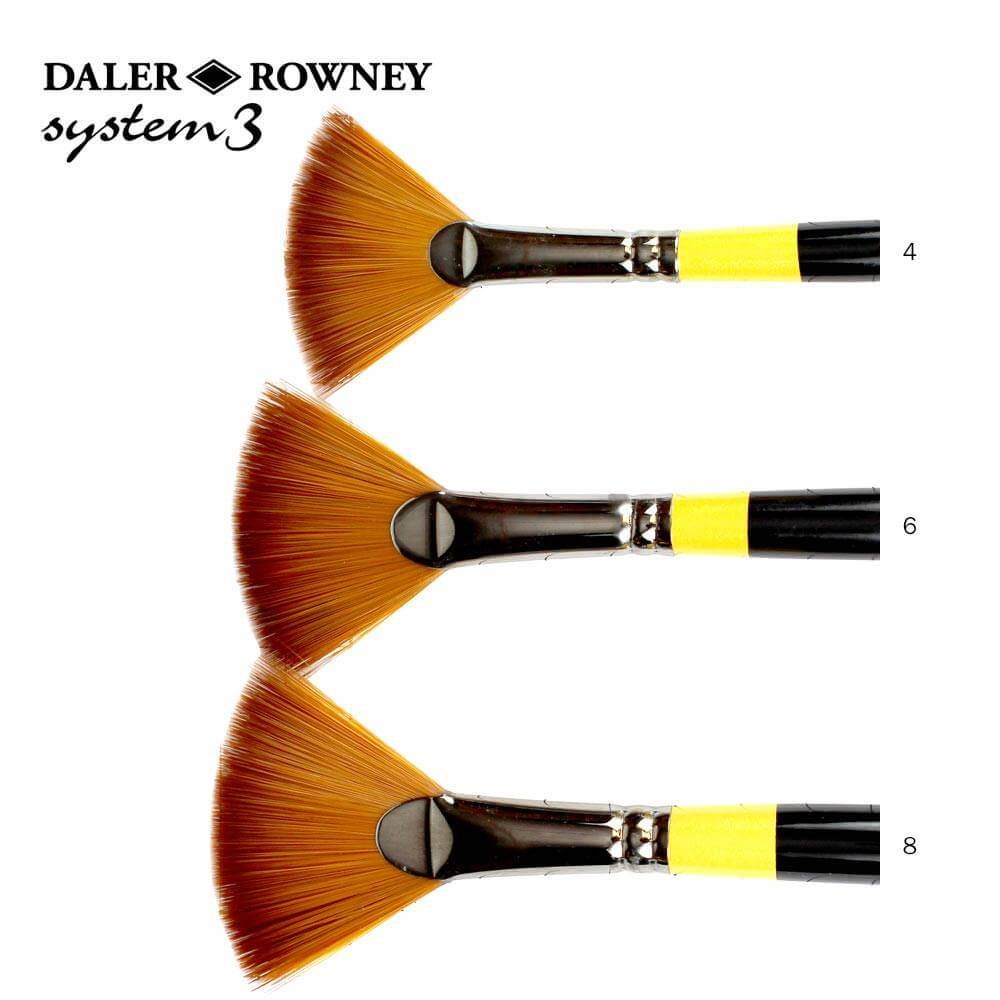

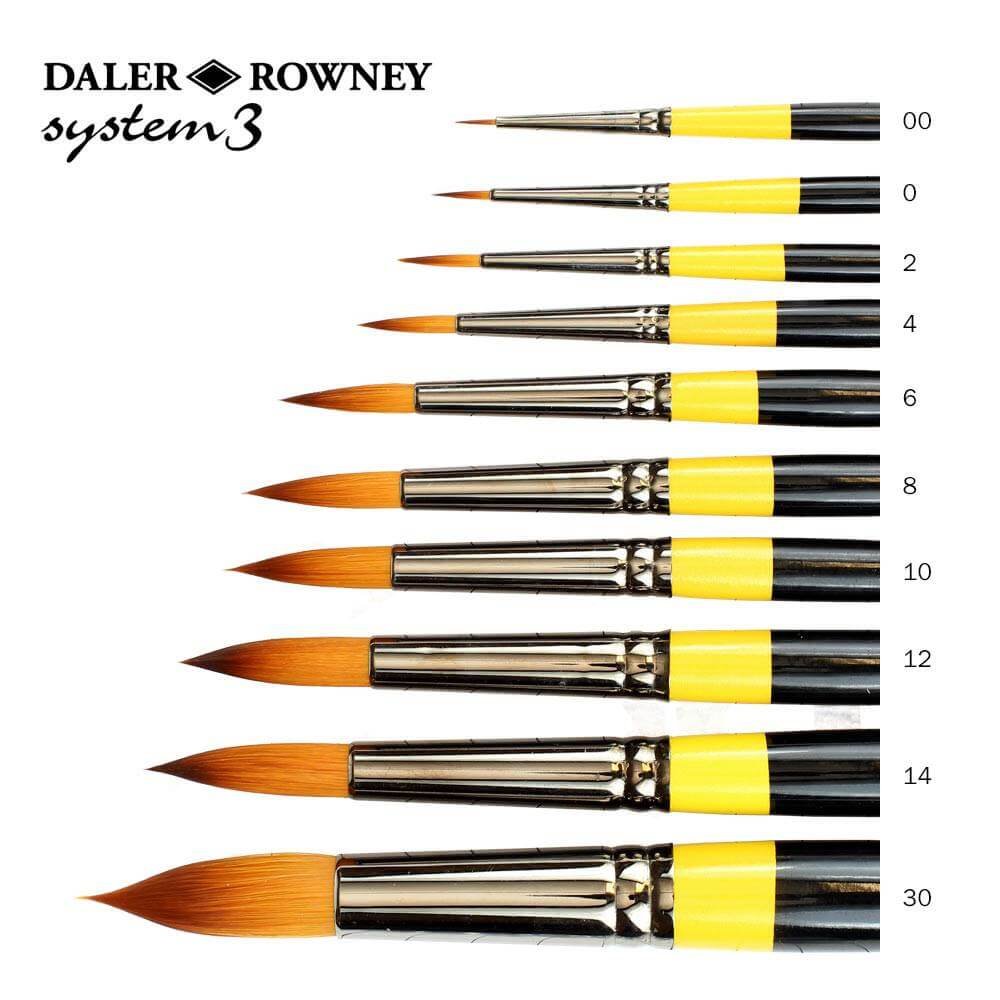
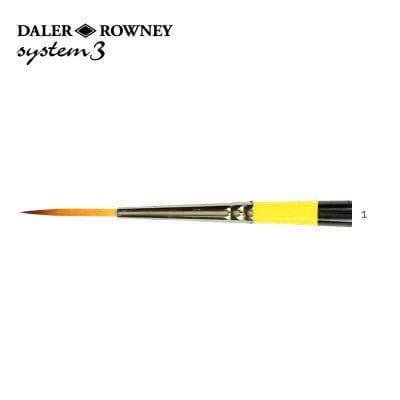
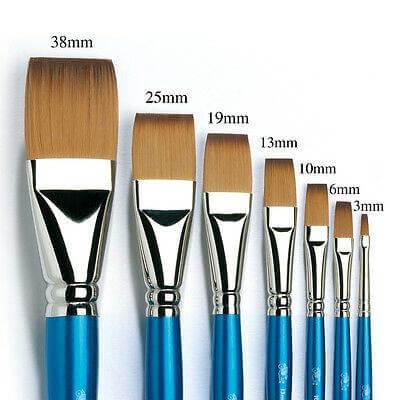
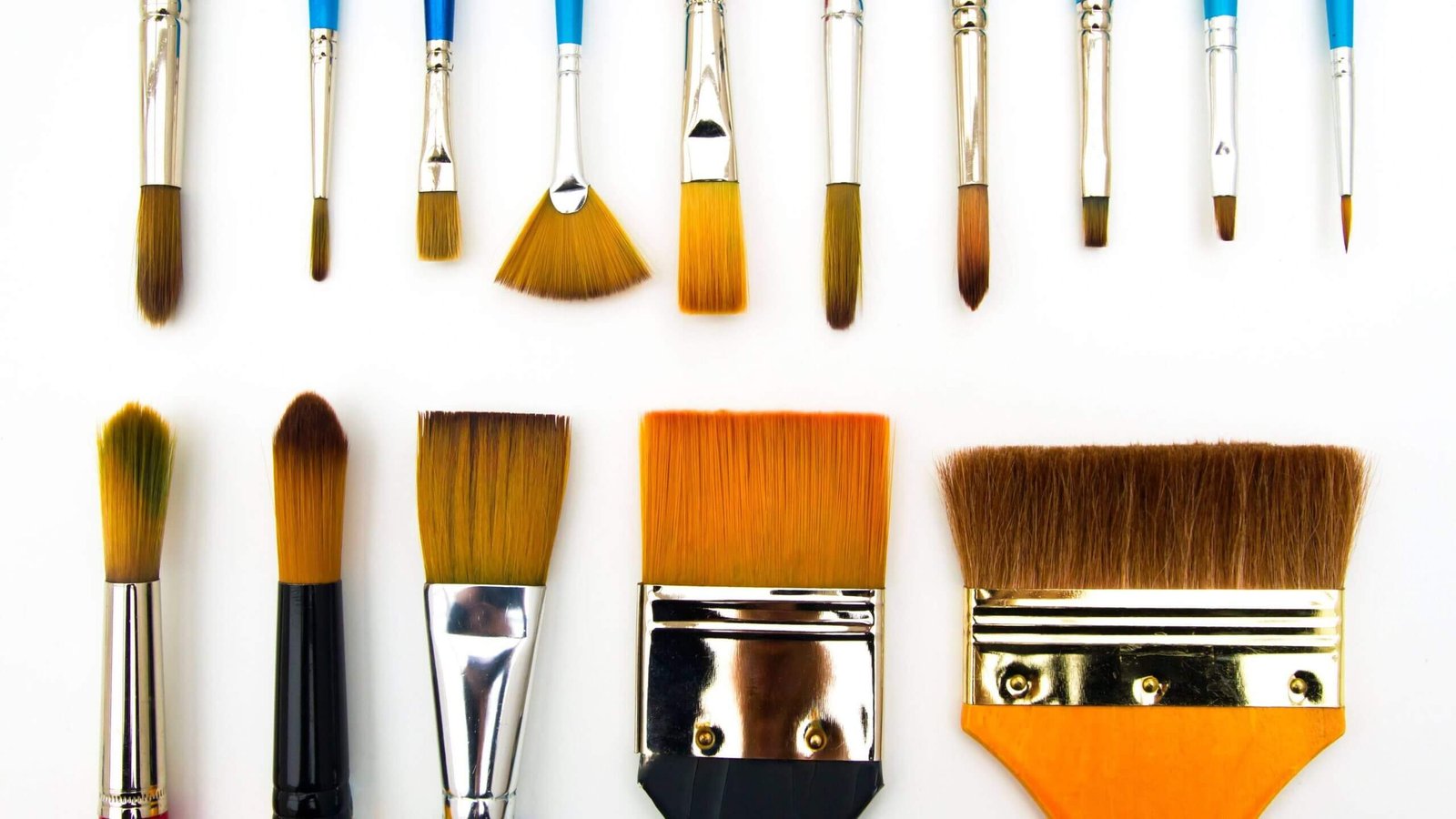
Great blog post! I am new to painting and this is really helpful information. I appreciate it!